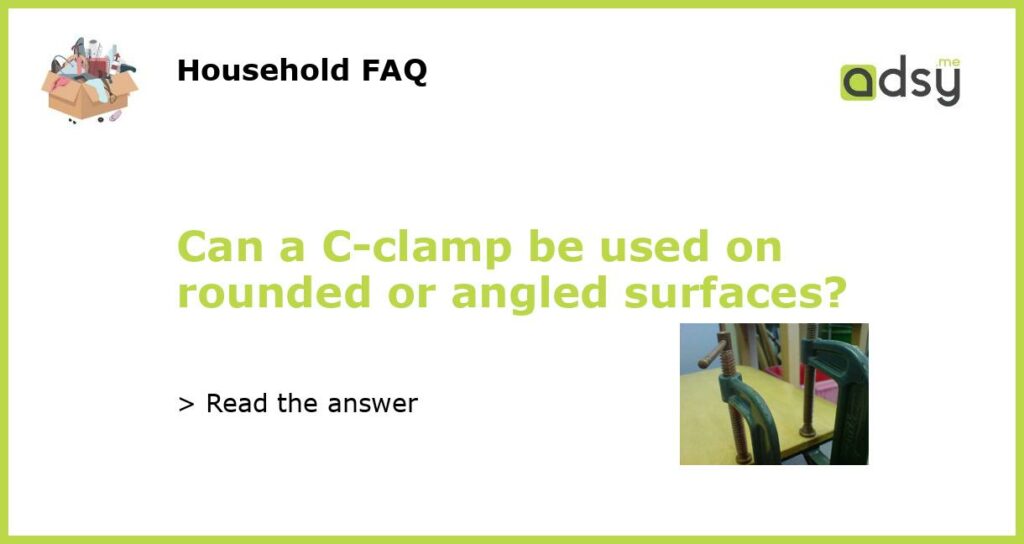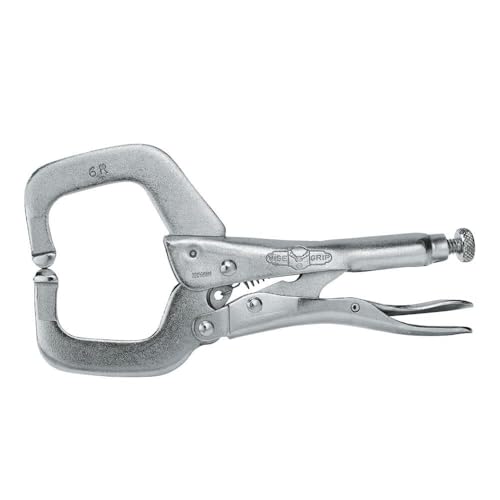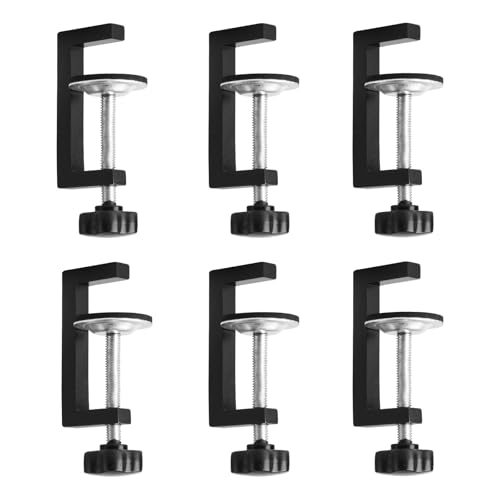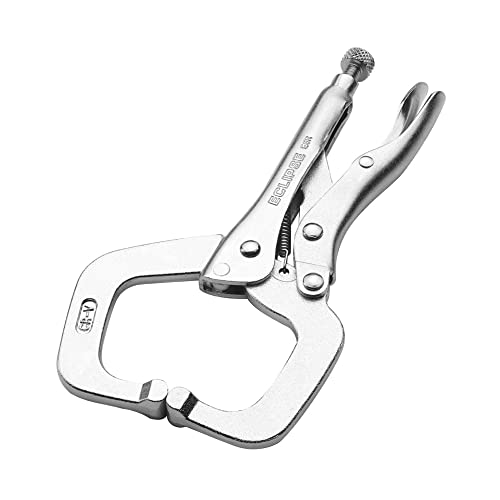Understanding C-clamps and Their Uses
A C-clamp is a common tool used in woodworking, metalworking, construction, and other industries. It consists of a metal frame formed in the shape of a C, with a screw that can be tightened or loosened to clamp objects together. C-clamps have many uses, including holding workpieces in place, compressing materials, and securing tools. They come in a range of sizes and styles, with some models designed for specific applications. However, one question that often arises is whether a C-clamp can be used on rounded or angled surfaces.
Using C-clamps on Flat Surfaces
Before exploring the answer to the above question in depth, it’s important to establish how C-clamps work on flat surfaces. In general, C-clamps are designed to apply pressure perpendicular to the workpiece. This means that they work best on flat surfaces or surfaces with a consistent angle (such as a right angle). When used correctly, C-clamps can provide a strong and secure grip, holding even heavy materials in place.
Using C-clamps on Rounded Surfaces
When it comes to using C-clamps on rounded surfaces, the answer is a bit more complicated. In theory, C-clamps can be used on rounded surfaces, as long as the surface is not too curved. However, there are a few things to consider. First, the pressure applied by the C-clamp may not be evenly distributed, leading to slippage or damage to the workpiece. Second, if the surface is too curved, the C-clamp may not fit securely, leading to instability and safety hazards.
Using C-clamps on Angled Surfaces
Using C-clamps on angled surfaces follows the same principles as using them on rounded surfaces. In general, C-clamps work best on surfaces with a consistent angle. If the angle is too steep or uneven, the pressure applied by the C-clamp may not be even, leading to slippage or damage to the workpiece. Additionally, if the surface is too small, the C-clamp may not fit securely, leading to instability and safety concerns.
The Verdict on C-clamps and Rounded/Angled Surfaces
So, what’s the verdict on using C-clamps on rounded or angled surfaces? In general, it’s best to avoid using C-clamps on surfaces that are too curved or angled. While they may work in some cases, there is a higher risk of slippage, damage to the workpiece, and safety hazards. For rounded surfaces in particular, specialized clamps like pipe clamps or band clamps may be a better option. At the end of the day, it’s always best to choose the right tool for the job to ensure the best results and minimize the risk of accidents.






